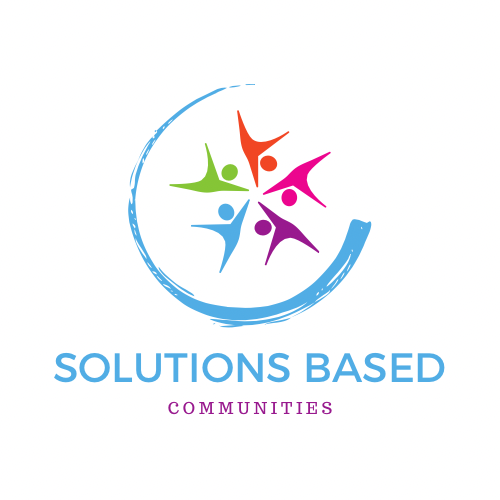Gun violence remains a pressing issue in many communities across the world, causing pain, loss, and fear. While it’s a complex problem, communities have the power to initiate change. Creating a solutions-based community that focuses on gun violence prevention is a proactive and empowering approach. In this blog, we will explore the key steps to build such a community, where individuals can come together to make a positive impact.
- Awareness and Education
The first step in creating a solutions-based community is to raise awareness about the issue of gun violence. Knowledge is power, and educating community members about the consequences of gun violence is essential. Host workshops, seminars, and awareness campaigns to inform people about the issue’s magnitude, the factors contributing to it, and the available resources for prevention.
- Engage All Stakeholders
A successful community effort to prevent gun violence involves all members of society. Engage law enforcement, community leaders, schools, religious institutions, healthcare providers, and social organizations. Collaboration among these stakeholders can create a comprehensive approach to tackle the issue.
- Establish a Supportive Network
Forming a supportive network is vital. Connect with existing organizations and groups dedicated to violence prevention. Leverage their expertise, resources, and community reach to reinforce your efforts. By joining forces, you can have a more significant impact on your community.
- Youth Involvement
Empower and engage the youth in your community as they are often both the victims and potential contributors to gun violence prevention. Create mentorship programs, after-school activities, and platforms for young people to express themselves. Teach conflict resolution, communication, and critical thinking skills, which can help reduce the appeal of violence as a solution.
- Gun Safety Initiatives
Promote responsible gun ownership and safety. Work with local gun owners and organizations to ensure that firearms are stored securely and kept out of the hands of unauthorized users. Gun safety education can prevent accidental shootings and reduce the risk of gun theft.
- Mental Health Support
Gun violence prevention also involves addressing the mental health needs of the community. Establish mental health programs and resources that provide counseling and support for individuals at risk of resorting to violence as a solution. Reducing the stigma around seeking help is crucial in these efforts.
- Conflict Resolution Programs
Provide resources for conflict resolution, mediation, and negotiation. Teach community members how to manage conflicts peacefully and find non-violent resolutions. Encourage dialogue and understanding to prevent disputes from escalating.
- Awareness and Advocacy
Organize advocacy campaigns that push for gun control measures and policies aimed at preventing gun violence. Encourage community members to participate in local and national efforts to change legislation, ensuring the responsible ownership and use of firearms.
- Community Policing
Support community policing initiatives that build trust between law enforcement and residents. Transparent, community-oriented policing can help prevent violence and enhance public safety.
- Measure Progress and Adapt
Regularly assess the impact of your initiatives. Measure changes in gun violence rates, awareness levels, and community engagement. Adapt your strategies based on your findings, focusing on what works best for your community.
Building a solutions-based community that focuses on gun violence prevention requires dedication, collaboration, and sustained effort. By following these steps, communities can make a real difference in reducing gun violence and creating a safer environment for everyone. Remember, change starts at the community level, and your efforts can inspire others to take action, leading to a ripple effect of positive change.


No comments yet.